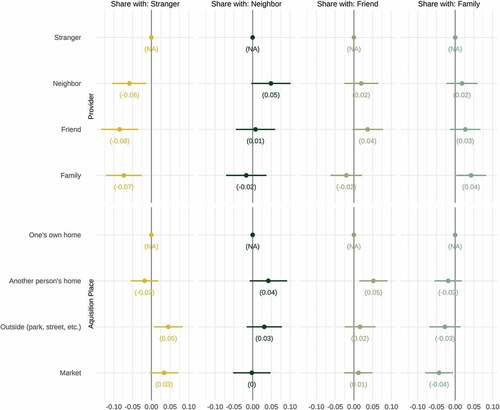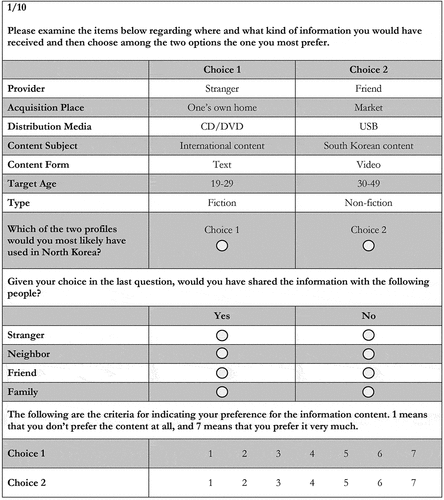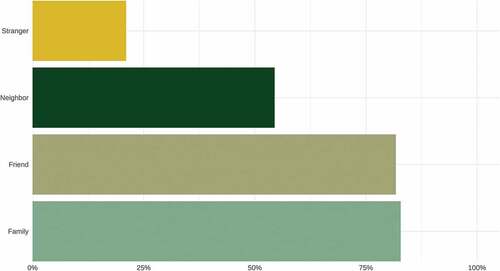Figures & data
Table 1. Conjoint Attributes and Values
Table 2. Background on Defector-migrant Sample
Figure 2. Effects of foreign information profiles on the probability of use.
Note: For average marginal components effects (AMCEs), the estimates show the effects of the randomly assigned information attribute values on the probability of use. The point values from the marginal means (MMs) show the mean outcome of any given attribute level, averaged across all others. Estimates are based on the benchmark OLS model with clustered standard errors; bars represent 95% confidence intervals.
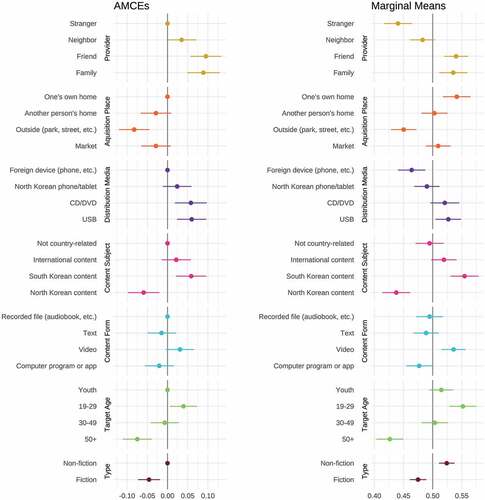
Figure 3. Marginal means of the interaction effects (provider * place).
Note: The point values from the marginal means (MMs) show the mean outcome of any given attribute level, averaged across all others. Estimates are based on the benchmark OLS model with clustered standard errors; bars represent 95% confidence intervals.
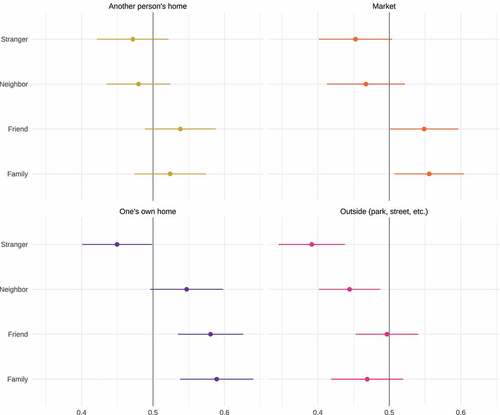
Figure 4. Estimated probability of foreign information use for selected profiles across the distribution.
Note: The figure shows the predicted probability of information profiles being preferred for use. Estimates show the minimum, 25th, 50th, 75th, and maximum percentiles of the distribution and are based on the benchmark OLS model with clustered standard errors; bars represent 95% confidence intervals.
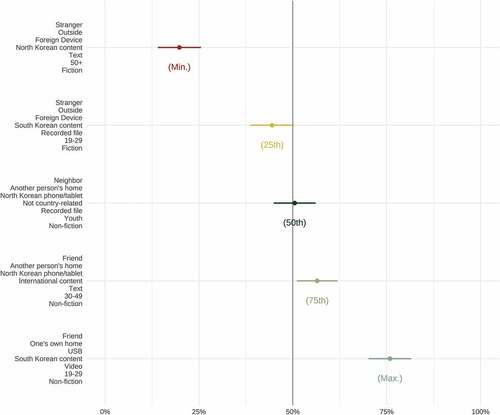
Figure 5. Word-topic probabilities based on open-text answers.
Note: The figure shows the outcome of a three-cluster implementation of Latent Dirichlet Allocation (LDA). Values represent the probability of the word occurring given the topic (top 15 words shown).
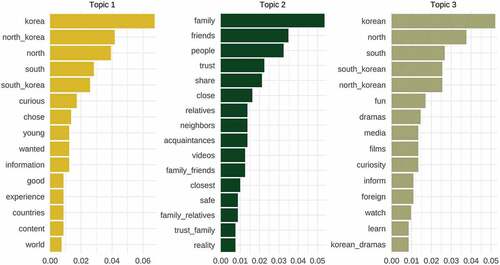
Figure 7. Effects of foreign information attributes on the probability of sharing.
Note: Estimates show the effects of the randomly assigned information attribute values on the probability of the information profile selected being shared with the target recipient. Estimates based on the benchmark OLS models; bars represent 95% confidence intervals.
